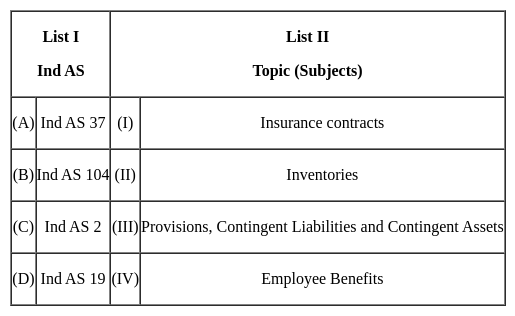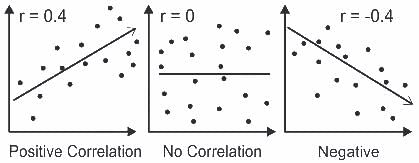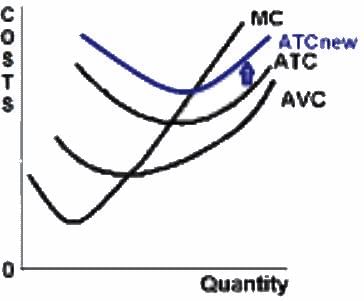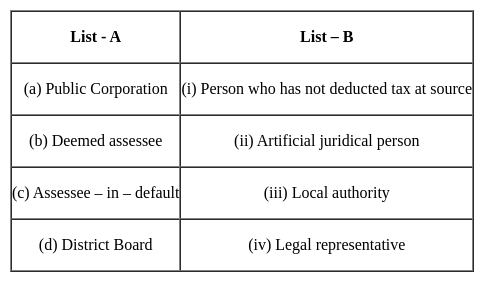APSET Paper 2 Mock Test - 1 (Commerce) - AP TET MCQ
30 Questions MCQ Test APSET Mock Test Series 2026 - APSET Paper 2 Mock Test - 1 (Commerce)
A meaningful shift in consumer behavior encouraged MNCs to
COVID-19 forced MNCs to reconsider supply chain models heavily dependent on
If the correlation coefficient is a positive value, then the slope of the regression line
Which of the following is/are true as per the passage?
I. Essar Steel evoked interest even from its promoters when it was put up for sale.
II. Bhushan Steel was acquired by the JSW Group for Rs 32,500 crore.
III. The average recovery rate for the 21 banks (public plus private) was 10.8%.
‘No ideas are ever criticized’ and ‘the more radical the ideas are the better’ – are the rules of which decision making process ?
With reference to the marketing mix, consider the following statements :
(I) It is a set of marketing tools that the firm uses to pursue its marketing objectives in the target market.
(II) It refers to four broad levels of a marketing decision (4Ps), namely: product, price, promotion, and place.
(III) It refers to five broad levels of marketing decision, namely: product, price, promotion, place, and people.
(IV) In 1981, Booms and Bitner proposed a model of 7 Ps, comprising the original 4 Ps plus process, people, and physical evidence, as being more applicable for services marketing.
Which of the following statements are correct?
Match List I with List II

Choose the correct answer from the options given below:
Consider the following statements. Which of the alternatives given below is correct?
(i) A firm's marketing information system is a component of its marketing research system.
(ii) The most common forms of marketing researches conducted in most of the firms are the measurement of market potential and the analysis of market share.
(iii) Survey research is seldom used for studying consumer perception and attitudes.
(iv) The concept of cognitive dissonance is relevant to study consumer's post-purchase behaviour.
Identify the correct alternative from the statements given below:
Statement (I): Hygiene factors are an intrinsic part of the job carried out by an individual.
Statement (II): Theory 'Y' represents an optimistic view of human nature.
Given below are two statements, one labelled as Assertion (A) and the other labelled as Reason (R).
Assertion (A): Prepaid expenses are not considered as liquid assets.
Reason (R): Prepaid expenses cannot be converted into cash.
In the context of the above statements, which one of the following is correct?
Direction: The following questions consist of two statements, one labelled as Assertion and the other Reason. Examine both the statements carefully and mark the correct choice according to the instructions given below.
Assertion (A): H. R. managers perform both line and staff functions.
Reason (R): H. R. managers advise the line managers in the decision-making process of an orgnisation.
In which year Accounting Standards Board was established in India?
The function of 'staff' in an organization is to_____.
Statement I: Under perfect competition, an increase in fixed cost results in an upward shift in AFC and ATC, and there is no effect on AVC and MC.
Statement II: Under perfect competition, an increase in variable cost results in leftward shift in AFC, ATC and MC.
Statement III: Under perfect competition, an increase in variable cost results in upward shift in AFC and ATC, and there is no effect on AVC and MC.
Statement IV: Under perfect competition, an increase in fixed cost results in upward shift in AFC, ATC and MC.
Choose the correct option from those below:
According to D. Katz, morale has four dimensions
(i) job satisfaction
(ii) satisfaction with wages and promotional opportunities
(iii) identification with company
(iv) pride in the workgroup
(v) top management support
Select the correct combination.
Direction: For the Assertion (A) and Reason (R) given below, choose the correct alternative.
Assertion (A): International business has grown in more recent years at a faster pace than global production.
Reason (R): Growth through trade has increased, but growth through foreign direct investment has not.
Three pillars of the Asia-Pacific Economic Cooperation (APEC) are
(a) trade and investment liberalization
(b) business facilitation
(c) economic and technical cooperation
(d) military cooperation
Choose the correct option
As per the Indian Contract Act, an offer is complete when it has been sent by the proposer and acknowledged by the acceptor. The communication of acceptance as against the proposer is complete when:
______ refers to the ability of a CRM application to handle a large amount of customer data in an efficient manner.
|
60 tests
|

















